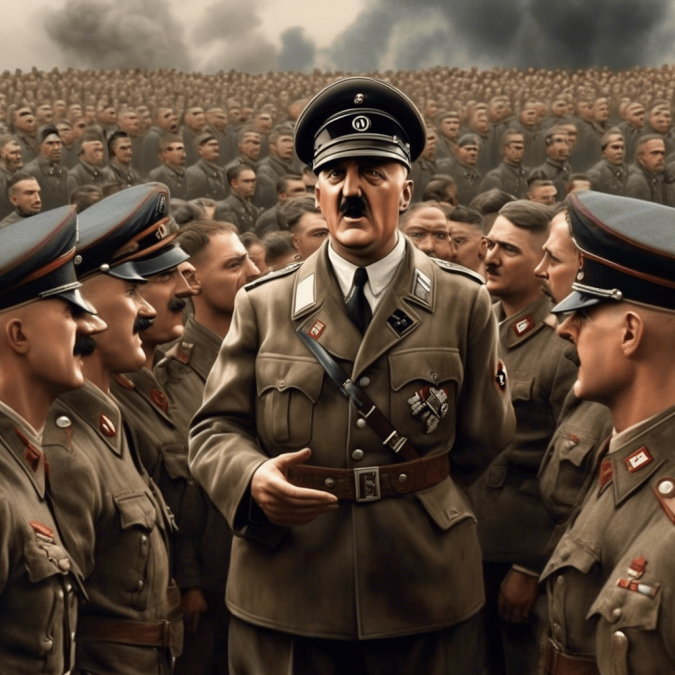
Adolf Hitler, the infamous dictator of Germany, is perhaps one of the most reviled figures in the history of the 20th century. His rise to power and the atrocities committed under his leadership during World War II have left an indelible mark on the world. But who was Adolf Hitler before he became the Fuhrer of Nazi Germany? What were the early influences that shaped his personality and eventually led to his transformation into a ruthless tyrant?
Adolf Hitler was born on April 20, 1889, in Braunau am Inn, a small town located in Austria-Hungary (present-day Austria). He was the fourth of six children born to Alois Hitler and Klara Polzl. His father, Alois, was a customs official, while his mother, Klara, was a homemaker. Hitler’s childhood was marked by adversity and hardship. His father was a strict disciplinarian who often physically abused him. This tumultuous relationship with his father would have a lasting impact on Hitler’s psyche and shape his authoritarian tendencies later in life.
Despite his troubled home life, Hitler showed an early interest in art and politics. He dreamed of becoming a painter, but his ambitions were dashed when he was rejected from the Academy of Fine Arts in Vienna. This rejection further fueled his resentment towards authority figures and fueled his radical political beliefs. In 1913, Hitler moved to Munich, Germany, where he would eventually become involved in politics and join the German Workers’ Party, which later evolved into the National Socialist German Workers’ Party (NSDAP), or the Nazi Party.
Hitler’s rise to power was swift and ruthless. He capitalized on the economic turmoil and political instability in post-World War I Germany to gain support for his nationalist and anti-Semitic agenda. In 1933, Hitler was appointed Chancellor of Germany, and within a few years, he consolidated his power and established a totalitarian regime. The atrocities committed under his leadership, including the Holocaust and the invasion of neighboring countries, would forever tarnish his legacy and lead to the deaths of millions of people.
Despite his monstrous actions, Hitler’s personality was complex and multifaceted. He was known for his fiery rhetoric, charismatic presence, and ability to inspire loyalty among his followers. However, behind this facade of strength and conviction lay a deeply insecure and paranoid individual. Hitler’s fixation on racial purity and his belief in the superiority of the Aryan race were reflections of his own insecurities and feelings of inadequacy.
In conclusion, Adolf Hitler’s life story is a cautionary tale of the dangers of unchecked power and the devastating consequences of hatred and intolerance. His troubled childhood, radical beliefs, and authoritarian tendencies all played a role in shaping his personality and ultimately leading him down a path of destruction. It is important to study and understand the life of Hitler, not to glorify or sympathize with him, but to learn from the mistakes of the past and ensure that such atrocities never happen again.
